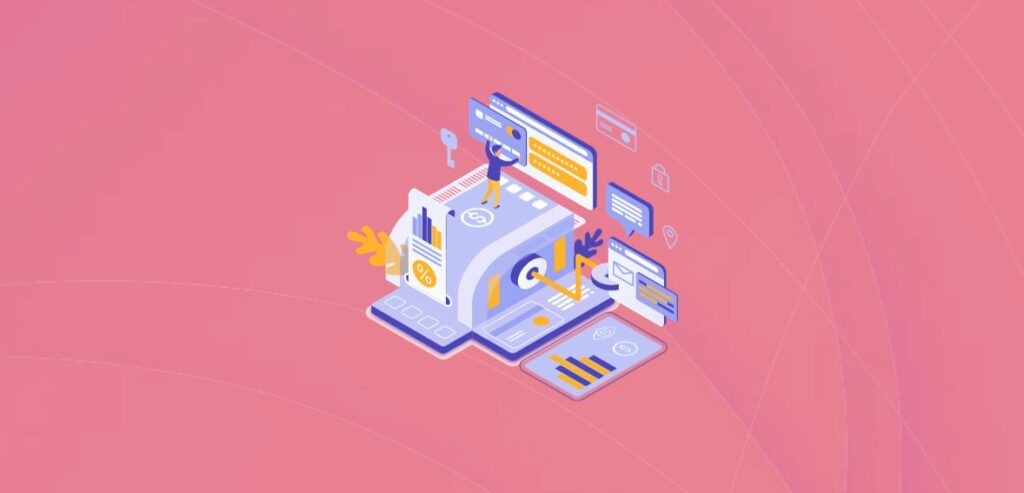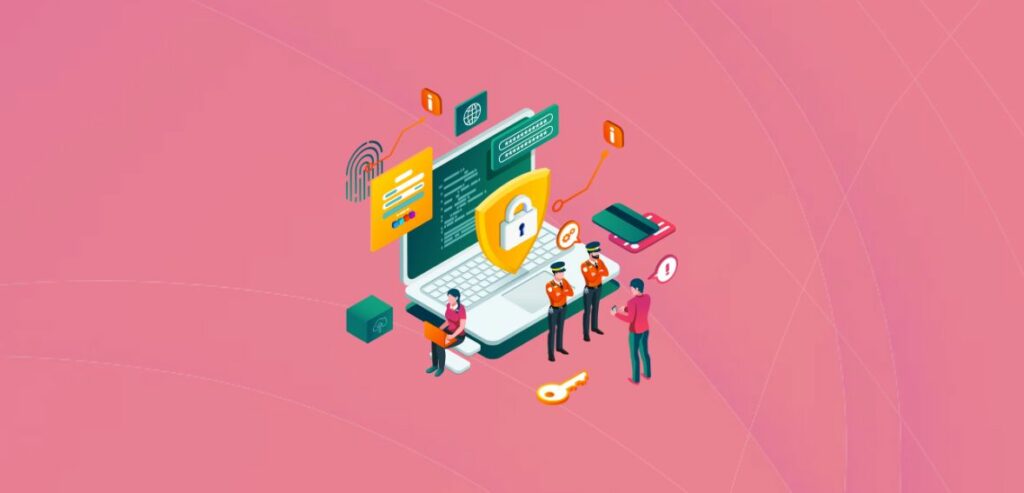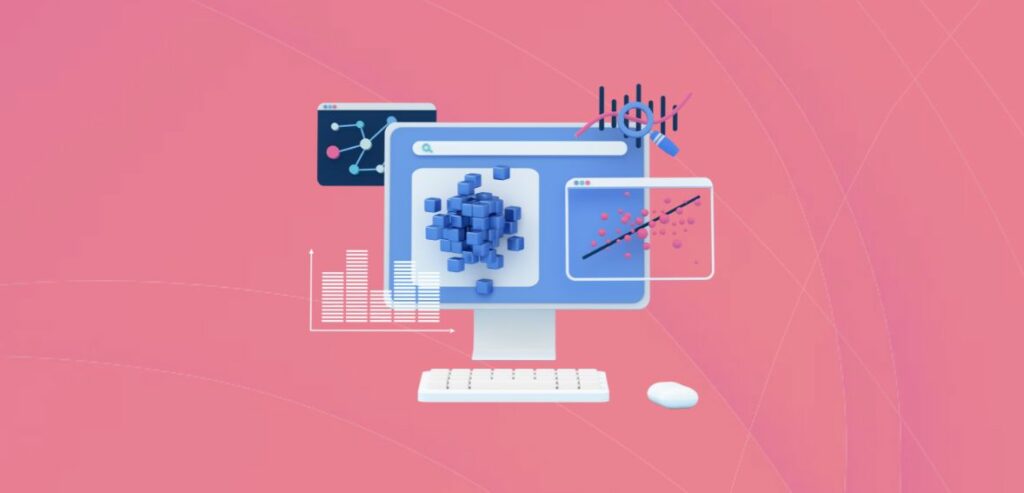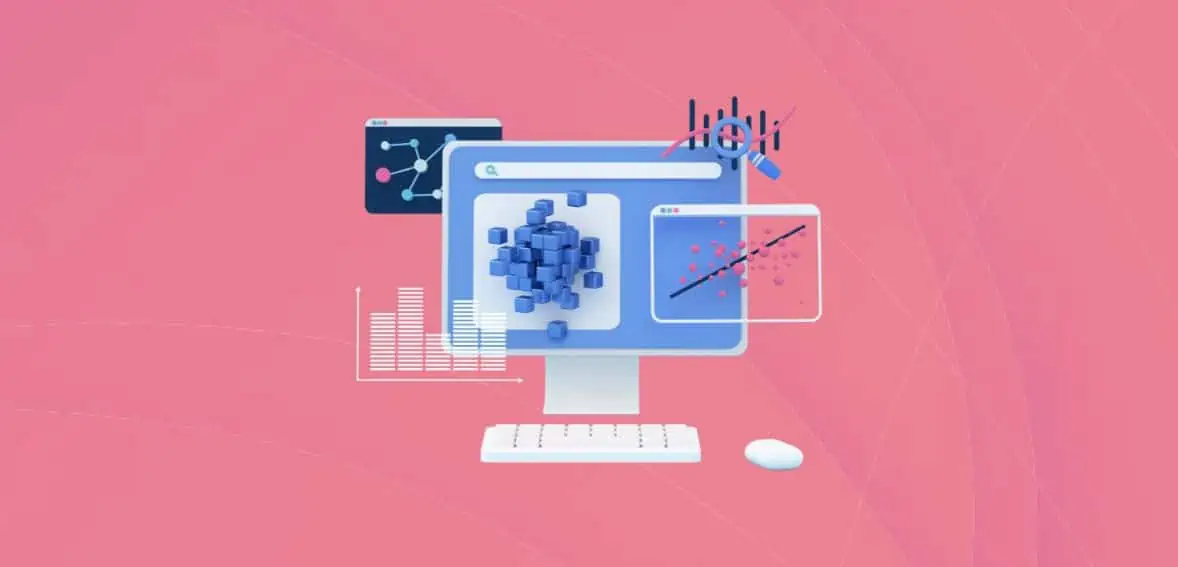Nowadays, organizations are conducting business in a markedly different manner than before. Credit cards have become an integral part, offering companies a way to navigate cash flow challenges and capitalize on rewards programs.
As a result, the majority of B2B organizations now accept credit cards for payment transactions. While some businesses still rely on checks or cash, it’s evident that digital B2B solutions will continue to gain popularity. These solutions enable companies to receive, make, and process payments more swiftly, offering additional advantages.
However, not all credit card transactions are the same. In this article, we will determine if your business is handling these transactions most efficiently by optimizing the data processing.
Understanding Credit Card Data Processing Levels
Credit card transactions are categorized into three data levels—Levels 3, 2, and 1. Each level demands a specific amount of information to qualify transactions, with higher levels requiring more details. The elevated data levels correspond to lower interchange rates from most credit card companies. This implies that utilizing level 2 data allows direct access to reduced interchange costs, leading to increased profits and more competitive pricing.
For B2C operations, Level 1 credit card payment processing is commonly sufficient. However, B2B businesses, depending on transaction amounts, information needed for secure transactions, and card types, may require higher processing levels. In such cases, Level 2 data processing becomes crucial. Implementing Level 2 processing not only helps businesses cut credit card processing costs but also provides additional reporting data for clients.

What Is Level 2 Data Processing?
Businesses accepting credit cards must pay the set interchange fees by the card companies, which are subject to fluctuation over time. Understanding the amount to pay can be perplexing for merchants, but it’s crucial, as interchange rates play a pivotal role. Qualifying for a B2B interchange rate can lead to substantial cost savings on processing fees.
To qualify for a B2B interchange rate, merchants must provide additional information known as Level 2 data or enhanced data in every transaction. To put it simply, Level 2 data comprises extra details about your business and the transactions. When you provide these details about your business, Visa and Mastercard may offer reduced Interchange rates, as the transactions are less prone to fraud.
By incorporating Level 2 data into your transactions, you not only optimize your payment processing but also potentially benefit from lower rates, contributing to a more secure and cost-effective business environment.
Here’s a breakdown of the data required:
- Start date
- CVV2 code
- Card number
- ZIP code
- Expiration date
- MCC code
- Merchant name
- Billing ZIP code
- Purchase date
- Purchase mount
- Customer code
- Order number
- Destination address
- Destination ZIP
- Destination state
- Destination city
- Merchant TIN
- Invoice number
- Sales tax indicator
- Sales tax amount
Qualification And Requirements For Level 2 Credit Card Data Processing
To attain different processing levels, businesses need to meet specific criteria:
Visa and Mastercard:
- Annual transactions range from more than one million to less than or equal to six million.
- Visa additionally mandates businesses to complete a yearly SAQ, a yearly AOC, and a Network Scan every quarter, which an ASV must conduct.
American Express:
- Businesses must obtain pre-approval for level 2 processing.
- Submission of Level 2 Merchant’s Validation Documentation is required, including summaries of the Network Scan every quarter and a PCI SAQ.
By fulfilling these requirements, businesses can access varying processing levels based on the card network, contributing to secure and compliant payment transactions. Once you meet these requirements, it’s crucial to have the right technology gateway in place, capable of gathering and sending the Level 2 data. Most qualifying payments often come from CNP transactions, but in-person payment processing is possible, too. For this, you’d need a standalone credit card terminal set up to process Level 2 card data.
It’s worth noting that employees can still process payments as long as level one fields are completed. However, even if your business is set up for Level 2 processing, failing to provide all the minimum required data will result in downgrades and higher interchange rates. This emphasizes the importance of having the right systems to avoid missing potential discounts due to incomplete fields.
The easiest approach is to work with a dedicated merchant services provider offering automated Level 2 processing. With the appropriate payment gateways and Level 2-enabled payment platforms, your business can effortlessly fill in the correct data fields to comply with Level 2 and 3 requirements.
How to Qualify for Level 2 Credit Card Processing?

- Setting Up the Back-End
To progress beyond Level 1 processing, a proper back-end setup is crucial. Your credit card processor should guide you through this process.
The back-end structure involves making sure your physical equipment and payment gateway can request and accept the necessary information. It also ensures that the processor is configured to transmit that information to the bank.
- Training for the Front-End
Once the back-end is in place, it’s essential to train your staff on the best practices for entering additional data. They need to understand why this extra data entry is necessary and why it’s worth their time.
Unfortunately, your POS system likely cannot distinguish between ignored, incomplete, or skipped details filled in during the transactions because that data isn’t applicable. For instance, a transaction may not have incurred sales tax because the specific customer was tax-exempt. In such cases, it’s advisable to enter the lowest value (i.e.,0) is advisable instead of skipping the prompt entirely. This ensures the POS system recognizes the skip as intentional.
How Can Level 2 Data Help Your Business?
Offering credit card payment options to your clients not only expands your reach to potential customers but also gives you a competitive advantage over those who exclusively make online purchases. In addition, ecommerce platforms leverage cutting-edge technology to automate sales processes. Tasks that typically take a person several minutes to a few hours can be efficiently handled by the software embedded in an online store. By freeing up your sales team from routine tasks, they can focus on more critical aspects of the business, leading to initiatives that generate additional revenue.
With an online store, your business is live for work 24/7 all year round. Your clients are not restricted within your operating hours, and availability and time zones also do not matter in the online stores. Customers can purchase at any given time of the day or when it is most convenient in their schedule.
Having level 2 data in your business significantly decreases the possibility of any type of error during the transaction to make sure you don’t have to lose sales left and right. Unlike manual transactions, which are vulnerable to human errors and cause a percentage of your profit lost. In addition to this, processing Level 2 data brings cost savings for businesses when it comes to transaction expenses. These savings result from reduced interchange rates that companies must pay to credit card associations for each transaction.
Credit card companies like Visa, Mastercard, Discover, and American Express set interchange rates. Typically, these reductions hover around 0.5% lower than standard sales, though the exact amount may vary based on the credit card association. The enhanced data requirements of Level 2 credit card processing also contribute to improved safety and security compared to Level 1, minimizing the risk of fraud or chargebacks for your business.

Example Of How Level 2 Data Helps Your Business Save Charges
Level 2 transactions offer card issuers more information compared to Level 1 and non-qualified transactions. Regarding the reduction of interchange rates, the higher the data level of a transaction, the lower the interchange fee applied. Card issuers extend this discount as an incentive for merchants to include this data in their transactions.
For instance, suppose a customer makes a $500 purchase. Let’s examine this illustrative table of interchange fees:
| Transaction Type (CNP) | Interchange Rate | Fee on a transaction of $1,000 |
| Commercial Level 2 Transactions | 2.5% plus an additional $0.10 | $12.6 |
| Commercial Level 1 Transactions | 2.7% plus an additional $0.10 | $13.6 |
| Non-Qualified Transactions | 2.95% plus an additional $0.10 | 14.85 |
As you can see in the table above, the rate for a Commercial Level 2 qualifying transaction is 2.5% plus an additional $0.10.
In contrast, the Commercial Level 1 CNP category carries a cost of 2.7%, plus an additional $0.10. This implies that if you accept a commercial credit card without providing Level 2 data, you’ll end up paying an extra 0.20%.
The Non-Qualified transaction category is the least favorable, with the highest rate of 2.95%, plus an additional $0.10. If you accept a commercial credit card, don’t provide Level 2, and also fail to meet minimum requirements, your transactions will downgrade to this category, resulting in a 0.45% higher cost compared to the Level 2 category.
While 0.2% to 0.45% might seem like a minor difference in the interchange rate, for businesses dealing with larger transactions or handling a significant volume of transactions monthly, these savings quickly accumulate. Discerning merchants often view these discounted rates as a worthwhile trade-off for providing more information about their business and clientele. Plus, if you get to Level 3, the difference between non-qualified and Level 3 can be as much as 1.05%, making space for additional cost savings.
Understanding The Benefits of Level 2 Data Processing For Business
- Cost Savings and Reduced Interchange Rates:
One of the main advantages of Level 2 data processing is the cost savings it offers through lowered interchange rates. Credit card companies such as Visa, Mastercard, Discover, and American Express establish interchange rates, which can be reduced when businesses qualify for B2B interchange rates by including additional Level 2 data in their transactions.
Typically, these reductions are lowered by around 0.5% to 0.8% lower than sales, although the exact amount may vary depending on the credit card provider. By integrating Level 2 data into transactions, businesses can optimize their payment processing. Potentially enjoy reduced rates, which not only contributes to the bottom line of the business, leading to an impact on profitability, which allows for more competitive pricing.
- Improved Decision Making:
It offers very helpful insights to businesses regarding their operations, customers, and markets. Through the analysis of data, businesses can uncover trends, patterns, and anomalies that may go unnoticed with manual examination. This enables organizations to make informed decisions based on data-driven insights rather than relying on intuition or guesswork.
For example, by examining purchase data, businesses can identify products, gain an understanding of customer preferences, and optimize their inventory management. This approach to decision-making empowers businesses to align their strategies with market demands, ultimately leading to more effective operations.
- Increased Efficiency:
Level 2 data processing plays a crucial role in enhancing efficiency by automating transactional tasks. By shifting focus from solely relying on manual analysis and data entry, businesses can leverage technology to streamline their payment processes. This automation not only saves time but also reduces the chances of errors that often occur with manual input.
The benefits of improved efficiency go beyond transaction processing. By optimizing their operations, businesses can allocate their resources effectively towards tasks. This could involve activities such as developing products, improving customer experiences, or exploring markets. Consequently, businesses can focus on growth. Maintain competitiveness in continuing to be relevant.
- Better Customer Experience:
By analyzing customer information, companies can uncover patterns and trends in customer behavior, preferences, and feedback. This valuable knowledge empowers businesses to customize their products, services, and marketing strategies to better meet their customer’s needs and expectations.
For instance, having an understanding of customer buying habits allows companies to offer recommendations and promotions. This individualized approach not only boosts customer satisfaction but also helps in stronger brand loyalty. Ultimately, businesses that prioritize delivering a customer experience are more likely to retain their existing customers and attract new ones.
- Fraud Prevention and Enhanced Security:
Compared to Level 1 which helps minimize the risk of fraud and chargebacks, for businesses, Level 2 data processing provides an extra layer of security. The increased data requirements, such as including details like MCC code, merchant TIN, and CVV2 code, contribute to creating a safe environment for transactions.
Having transaction details and information about the parties involved makes transactions less susceptible to chargebacks. Additionally, the overall safety and security of Level 2 payment processes is particularly important in today’s world, where cyber threats and fraudulent activities present challenges for businesses and their customers.
Conclusion
Level 2 data processing plays a pivotal role for businesses, especially when it comes to credit card transactions. By embracing the data requirements, companies not only optimize their payment systems and enjoy lower interchange rates but also unlock a wide range of other benefits like cost savings, improved decision-making through analysis, increased efficiency through automation, enhanced customer experiences, and stronger protection against fraud.
As businesses steer through the changing structure of commerce, integrating Level 2 data processing becomes a solid strategy for those who want to succeed in the fast-paced world of modern and better transaction experience.
Frequently Asked Questions
Q: What does Level 2 processing involve?
Level 2 Data Processing is a more advanced stage of credit card transactions that goes beyond Level 1 data. It requires additional information like customer code, tax amount, tax identification, and more to complete the transaction.
Q: How do Level 1, 2, and 3 processing differ?
When it comes to credit card payment processing, there are three levels—Levels 1, 2, and 3—that determine the qualification of a transaction. Each level necessitates a specific amount of information to finalize a transaction, with higher levels requiring more details.
Q: What is Visa Level 2 data?
Visa Level 2 data processing is akin to Level 3 processing but comes with fewer requirements. Merchants need to input additional data fields, similar to Level 3, but these fields are typically easier to handle with fewer requirements.
Q: What is the interchange rate for Level 2 processing?
For Level 2 processing, the interchange rate is 2.50% plus an additional $0.10. This includes 2.50% plus an additional $0.10 for CP transactions and 2.70% plus an additional $0.10 for CNP transactions. The standard Interchange Reimbursement Fee is 2.95%, along with an extra $0.10.

